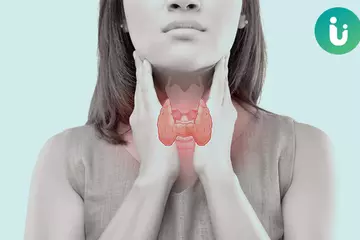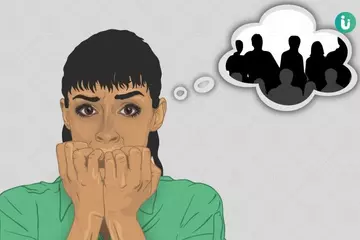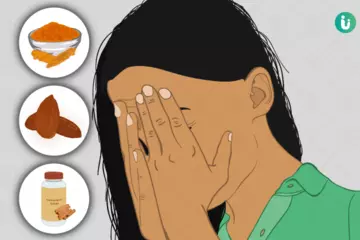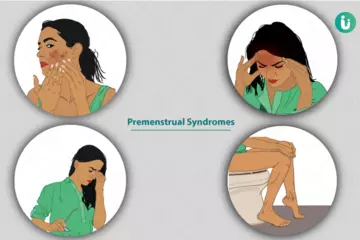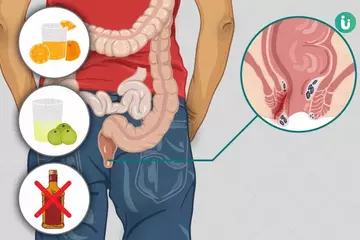The stimulation of the male reproductive organ, the penis, during engagement in sexual activity sends sensory stimulus to the brain via the dense network of nerve endings present. The pleasurable experience derived from it builds slowly and steadily, reaching a peak at climax and an orgasm is experienced by the individual. An orgasm can be described as an intensely pleasurable sensation centred in the genitals that is achieved by means of sexual stimulation. While orgasms in males are generally accompanied by ejaculation, ejaculation and orgasms are neither the same, nor inclusive of one another. Semen is a white coloured viscous liquid that is expelled through the urethra at orgasm as ejaculate. Semen contains sperms (the male reproductive cells that mate with the female egg to form an embryo), prostatic fluid, seminal fluid and proteins and fructose for the nourishment of the sperm. The normal physiological process of ejaculation is the forcible expulsion of semen stored in the testes out through the urethral meatus of the male penis. The urethra in males is the common passage for both urine and semen.
Ejaculation occurs in two phases – emission and expulsion. The emission phase (controlled by T10-L2 spinal nerves) can be sequentially described as the closure of the urinary bladder neck, followed by the secretion of sperms from the testes, and secretions from the seminal vesicles, prostate, and Cowper’s glands into the urethral passage. The contraction of the sphincter at the urinary bladder neck, which occurs immediately before the release of semen constituents into the urethra, is necessary to prevent the urine from leaking out in the ejaculate as well as the backflow of semen into the urinary bladder. The expulsion phase involves the propulsion of the contents secreted into the urethra towards the meatal opening of the penis. The nerves controlling emission and expulsion are different and therefore the two phases occur one after the other but independent of one another.
(Read more: Men’s sexual problems and solutions)
Ejaculatory dysfunction occurs when a male has a problem properly ejaculating his semen. They include ejaculating too soon (premature ejaculation), too late (delayed ejaculation), ejaculate that does not come out through the urethral meatus but recedes back into the bladder (retrograde ejaculation) or not at all (anejaculation). While semen is ejaculated in the appropriate quantity at the wrong time in premature and delayed ejaculation, it does not ejaculate at all in retrograde ejaculation and anejaculation. Therefore, although different entities with different underlying causes and management, retrograde ejaculation and anejaculation can be confused with each other. It is important to differentiate between the two to treat the patient correctly. Anejaculation refers to the inability of a male to ejaculate after sexual stimulation while not suffering from impotence (being able to hold a penile erection) with or without experiencing an orgasm. Anorgasmia refers to the inability to derive pleasure and reach an orgasm after consistent and prolonged sexual stimulation during sexual intercourse or masturbation. These situations can result in poor sexual satisfaction by the patient and his partner, ineffective reproduction and fertility problems, as well as be a source of frustration or emotional trauma.
































